We often hear the buzzword ‘customer-centric’, however, what does customer-centricity really mean for today’s businesses and consumers? This article will define customer-centricity and highlight why it is important, what influence it has on existing market trends and how it can help drive tangible business value through real-life examples. We hope that this will allow you to evaluate whether a customer-centric way of doing business is for you!
Defining Customer-Centricity
Companies in all industries are ditching traditional business and product-driven strategies as they’re starting to embrace the idea of customer centricity. No longer can brands afford to think only about what’s good for the company without considering the impact on the customer. Customer centricity is a way of doing business that fosters a positive customer experience at every stage of the customer journey.
To be customer-centric we must truly understand who our customers are. This needs to go deeper than surface demographics and into their underlying emotional drivers – what motivates them, what brings them joy, what troubles keep them up at night, what benefits do they seek from the products they buy.
Anytime a customer-centric business makes a decision, it deeply considers the effect the outcome will have on its customers. Essentially, everything that a business does will have an impact on customer experience – the way it sells, markets, advertises, services and interacts with its customers will play a big role in shaping the customer’s experience and business results in return.
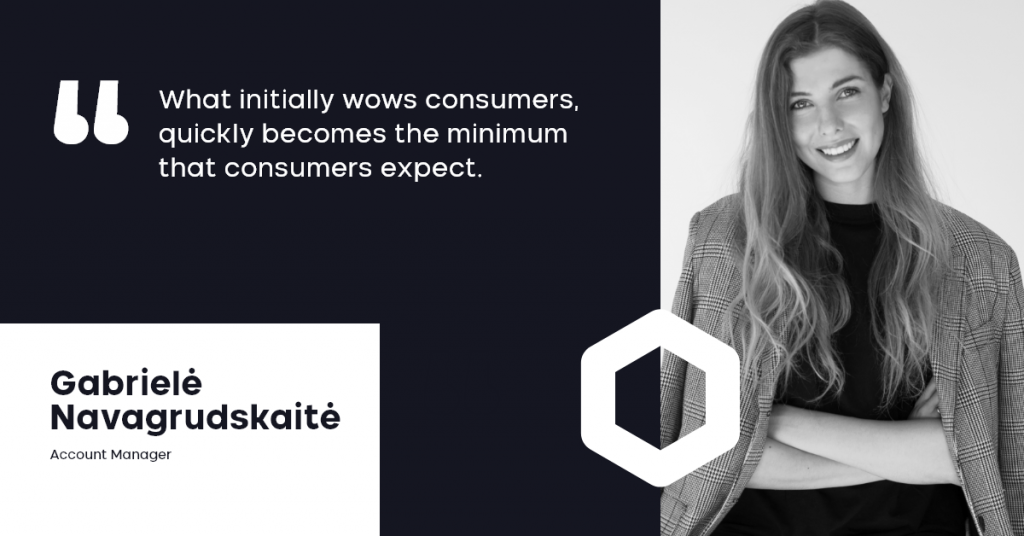
Why is Customer-Centricity Important for Businesses?
The New Normal: Shifting Consumer Expectations
Decades ago, customers had fewer choices and have expected basics like quality service and fair pricing. This meant brands could get away with offering mediocre service and customer experience. But a modern customer has much higher expectations as we are entering the age of the empowered customer. They expect products and services that are simple, engaging and personalised, offering a seamless transition between channels and instant results.
Nowadays, startups can blow you away with effortless, smooth customer journeys, quickly taking the market share away from the traditional market players. They disrupt markets and, along the way, change customer expectations. But what initially wows consumers, quickly becomes the minimum that consumers expect.
For example, when Uber came along and disrupted the market, consumers were impressed with the ease of use and convenience of the alternative ride-hailing app. This was achieved because the startup identified and addressed practically every consumer pain point – not being able to find a taxi, standing in a long line, rude drivers, the credit card machine always being broken, etc. In other words, Uber has figured out how to create a simple and clean customer-centric experience and it has permanently shifted customer expectations towards mobility services providers and beyond.
This example perfectly illustrates not only how the market adapts to shifting consumer expectations, but also how it, directly and indirectly, affects other competitors and market players. Here is what customers expect from businesses today:
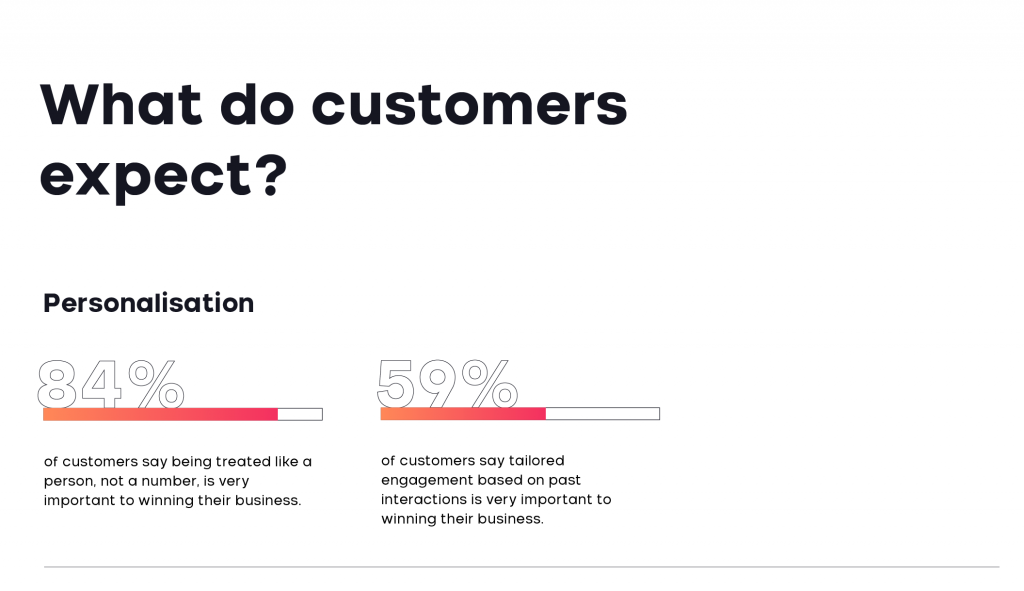
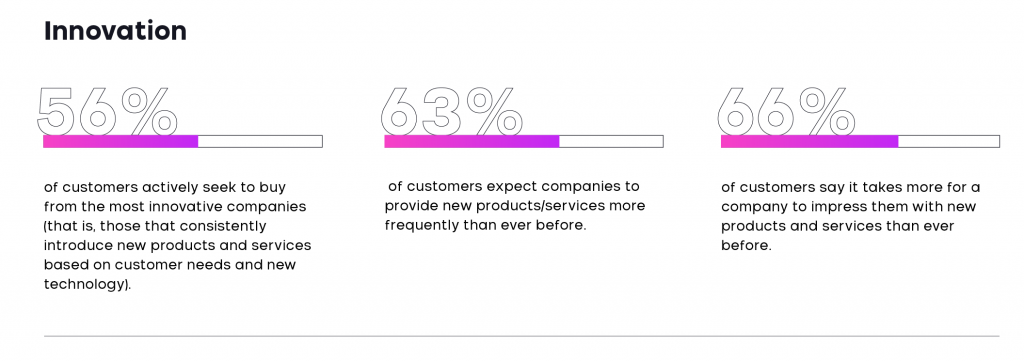
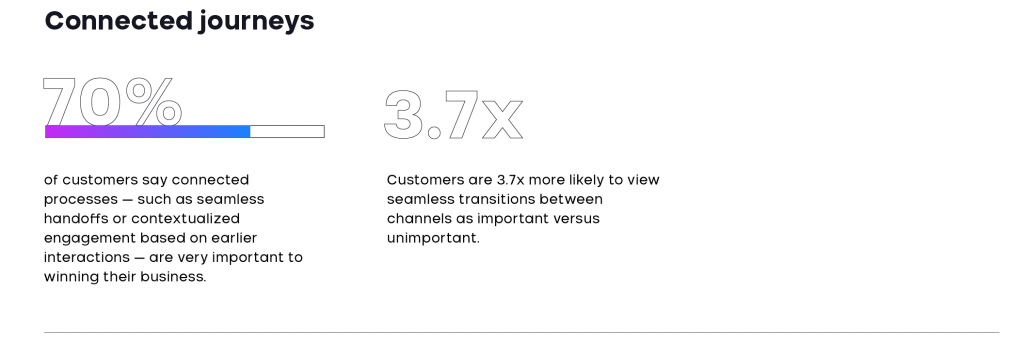
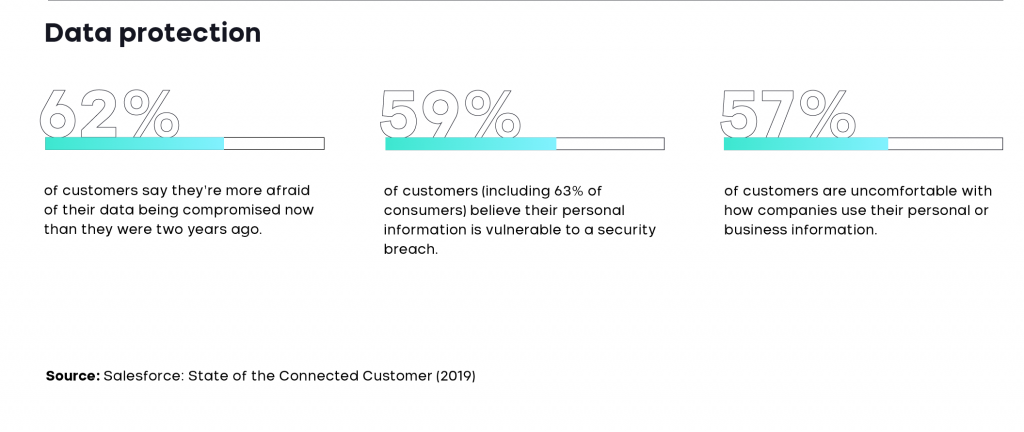
Competing on Customer Experience
Besides constantly increasing consumer expectations, open markets and trade liberation have dispersed economic power and triggered unprecedented levels of global competition. For example, in 2018 alone there were over 6000 new start-ups founded and over 600 new mobile App Store applications released globally.
Not surprisingly, within saturated and competitive markets, the customer’s voice is louder than ever. The internet, always readily available information and the rise of social media have given customers a platform to express their opinions, reviews and recommendations – it has also created market-comparison tools available to customers at the click of a button. In fact, 82% of customers trust peer recommendations over all other forms of advertising.
Therefore, understanding customers’ needs and investing in the entire user experience and exceeding their expectations are becoming table stakes for businesses to compete. In fact, 89% of companies compete primarily on the basis of customer experience, in comparison with 36% in 2010. As Jerry Gregoire, the former CIO of Dell Computers, captured this transformation when he said: “Customer experience is the next competitive battleground”.
How does customer-centricity help drive business value?
After looking into why modern consumers expect a positive and personalised customer experience and how markets are adapting to these demands, let’s have a look into what value and ROI could customer centricity potentially bring back to your business.
Increase Customer Lifetime Value (CLV) and Reducing the Cost-to-Serve
The future best customers are the ones with the highest customer lifetime value (CLV). Customer lifetime value can be considered the present value of all variable profits and costs attributed to a customer, including customer acquisition cost. To put more simply, it’s the customer’s historic and future revenues subtracted by all the costs attributed to the customer. Businesses that ensure their customers understand a new purchase or contract and have a successful set-up, will reduce the cost to serve, increase their satisfaction and ultimately increase their average CLV.
Modern products and services are often complex and customers don’t receive value until they have their new thing working as promised. But so many businesses leave the scene once a sale is made. This is a poor strategy as customers either need more support later or resent what they see as a waste of money, leave and therefore, don’t bring the lifetime value.
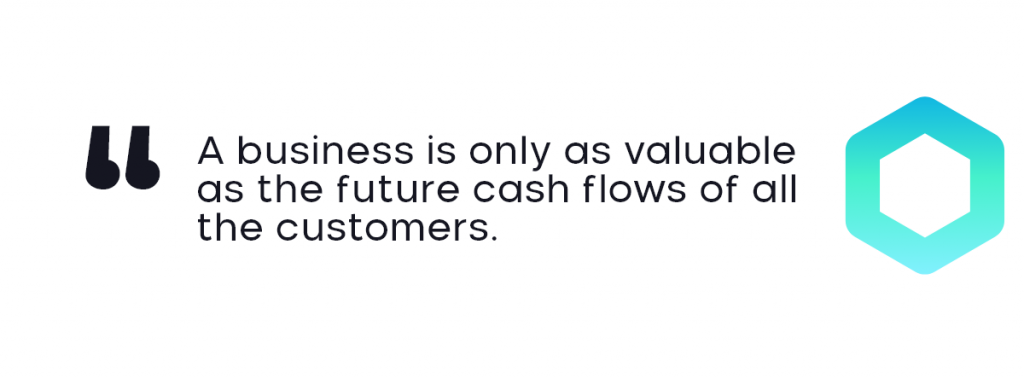
Boost Profits and Maintain a Competitive Advantage
According to recent research from Deloitte, companies with a customer-centric business model are 60% more profitable than companies for which customers aren’t a primary focus. Similarly, a study by Forrester Research and Watermark Consulting found that companies with high marks in their customer experience metrics had double-digit gains even during the treacherous recession years of 2007-2012.
In contrast, companies that don’t focus on customers run the risk of losing customers to competitors that offer similar products and better overall experiences. While resisting the implementation of customer-centric changes might save money in the short term, it can result in declining market share and lower profit in the long term.
For example, BlackBerry, a line of smartphones and tablets, was a real success in 1998. They changed the game in the mobile industry by offering a device with an arched keyboard. Just a few years later the entire mobile industry started focusing on bigger touchscreen displays, while BlackBerry was more concerned about protecting what it already had and it’s executives were not thinking of the shifting user experience. Failing to adapt to changes, in 2017 the CEO John Chen announced that BlackBerry was out of the smartphone manufacturing business. Contrarily, Apple always had a very strong focus on customer centricity and user experience and has grown exponentially since the iPhone’s debut, compounded by the success of the iPad. This has fueled Apple’s rise to the world’s most valuable company with a market cap valued at $1000 as of July 16, 2020.
Drive Improvements That Customers Really Desire
As per above, customers expect companies to continuously innovate and constantly bring in new products and services to the market. The real power of customer-centric innovation is thinking about your customer pain points and yet-to-be articulated desires while designing products, services and experiences. One of the ways to achieve that is to ensure a continuous feedback loop by listening to your customer needs and suggestions.
For example, by looking at different ways of capturing customer feedback, including social media and online surveys, McDonald’s began to identify what customers wanted from the restaurant. They discovered a desire for healthier menu options, as well as longer opening hours. Similarly, McDonald’s also acted on the customer’s desire for breakfast items throughout the day, introducing its ‘All Day Breakfast’ in select US stores.
Another great example would be an American coffeehouse chain Starbucks and its ‘My Starbucks’ loyalty programme, which encouraged customers to submit their ideas and suggestions for improvements. In that year alone, they got over 70,000 responses from customers and over 190,000 by 2015.
These are just a few examples of how customer feedback can provide a plethora of insights that can help improve a product’s usability or improve service levels. In essence, focusing on customer centricity will naturally allow you to enable improvements that really matter to your customers – this is something that leading brands with sustained growth and success have in common.
Potential Risks of Going The Customer-Centric Way
Despite numerous benefits of customer centricity, there are also several potential risks that are associated with trying to satisfy all your consumers and their needs:
- Customers Don’t Always Know What They Want. According to marketers, if a business is customer-focused, it will find out what the customer wants. Author Stephen Brown, in the “HBR” article Torment Your Customers, points out that many highly successful products, including the Chrysler minivan, were rejected by its customer focus group. Had Chrysler listened to their customers, it would have failed to launch a product that marked its 25th anniversary in 2011. So while it’s important to listen to the customer, it’s also important for a business to know when to be less customer-focused.
- You May Lose Your Focus and Homogenize Your Brand. When you try to satisfy most needs of most customers, you may dilute your focus, resources and attention. As a result, you will spend less time focusing on what you do well. This, in turn, might reduce customer happiness created by your authentic brand. You might also make yourself more like your rivals, which might homogenize your brand.
Conclusion
To summarise, customer expectations are rising as fast as never before and to gain competitive advantage, companies should develop a customer-centric mindset.Although the ROI from investing in customer-centricity may not always be easily measured, the research shows that it can bring numerous tangible benefits to your business, including increased customer lifetime value (CLV), boosted profits and ability to drive improvements that customers really desire. However, it is also important to consider potential risks associated with customer-centricity and ‘having-it-all’ approach when crafting your business strategy.
Customer Centricity @ TeleSoftas
You may be wondering how TeleSoftas helps its customers to become more customer centric? Here are a couple of real-life examples of how we drive customer centric product development at TeleSoftas:
- We engage our clients in journey mapping exercises while clarifying software solution requirements. This is a customer-centric way to deconstruct user experience with a product or service.
- We create a Minimum Viable Product (MVP) – a version of a product with just enough features to satisfy early customers to collect feedback for future product development and test the market.
- We apply proven processes and user experience methodologies and tools while designing each product, wether app, website or any other project that requires a user interface.
- Agile project delivery methodology allows us to be able to constantly iterate, to be able to focus on end-users, thus increasing the business value.
- We offer Product Owner services that help to ensure that the product in question is always aligned with customer demands, latest market trends, and the newest available technology.
- We offer robust integration solutions that allow our customers to offer a flexible, seamless and omnichannel customer experience.
Want to read further? Dig deeper into the sources list of this article HERE

Gabrielė Navagrudskaitė
This article was written by TeleSoftas Account Manager Gabrielė Navagrudskaitė. For more news from Gabrielė follow her on Linkedin.
